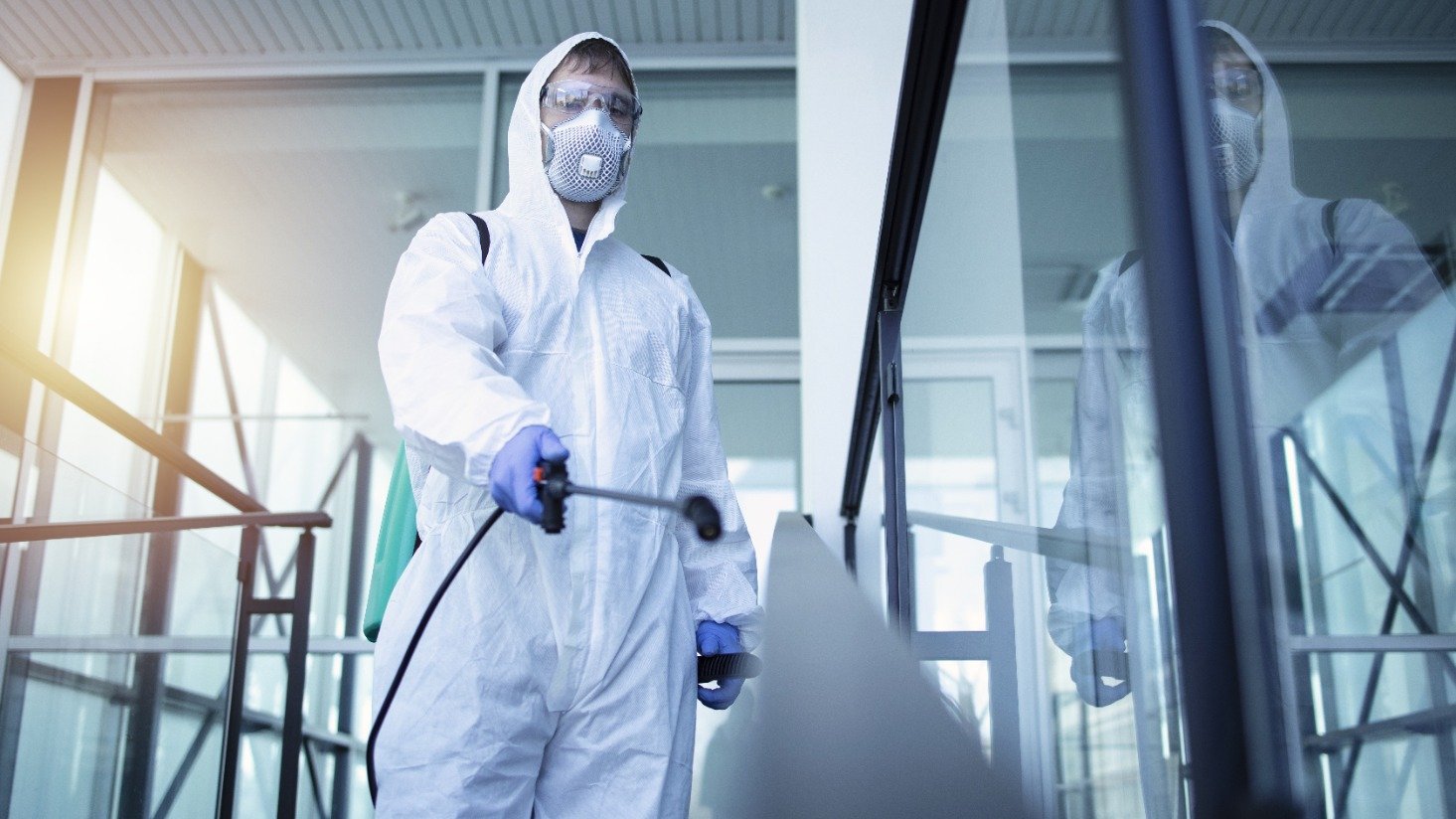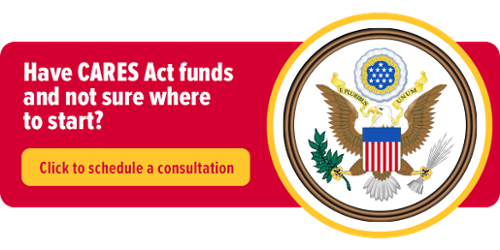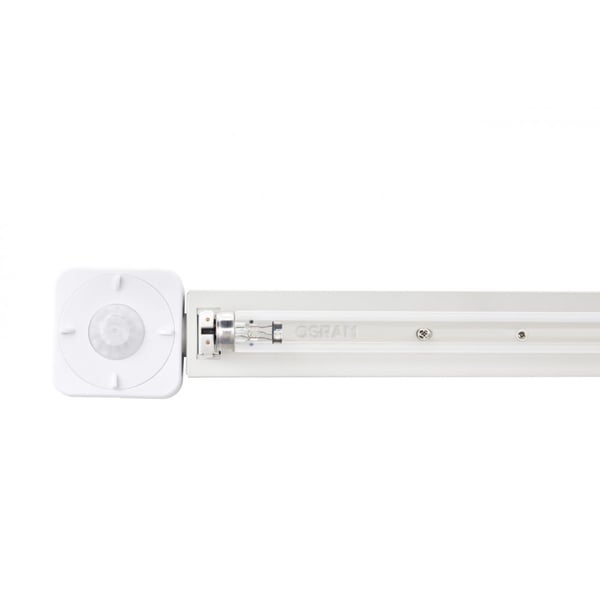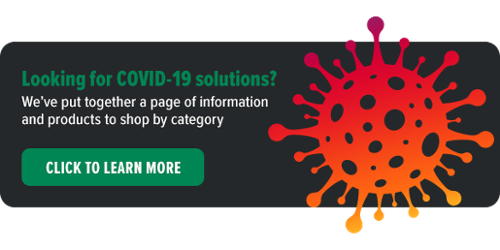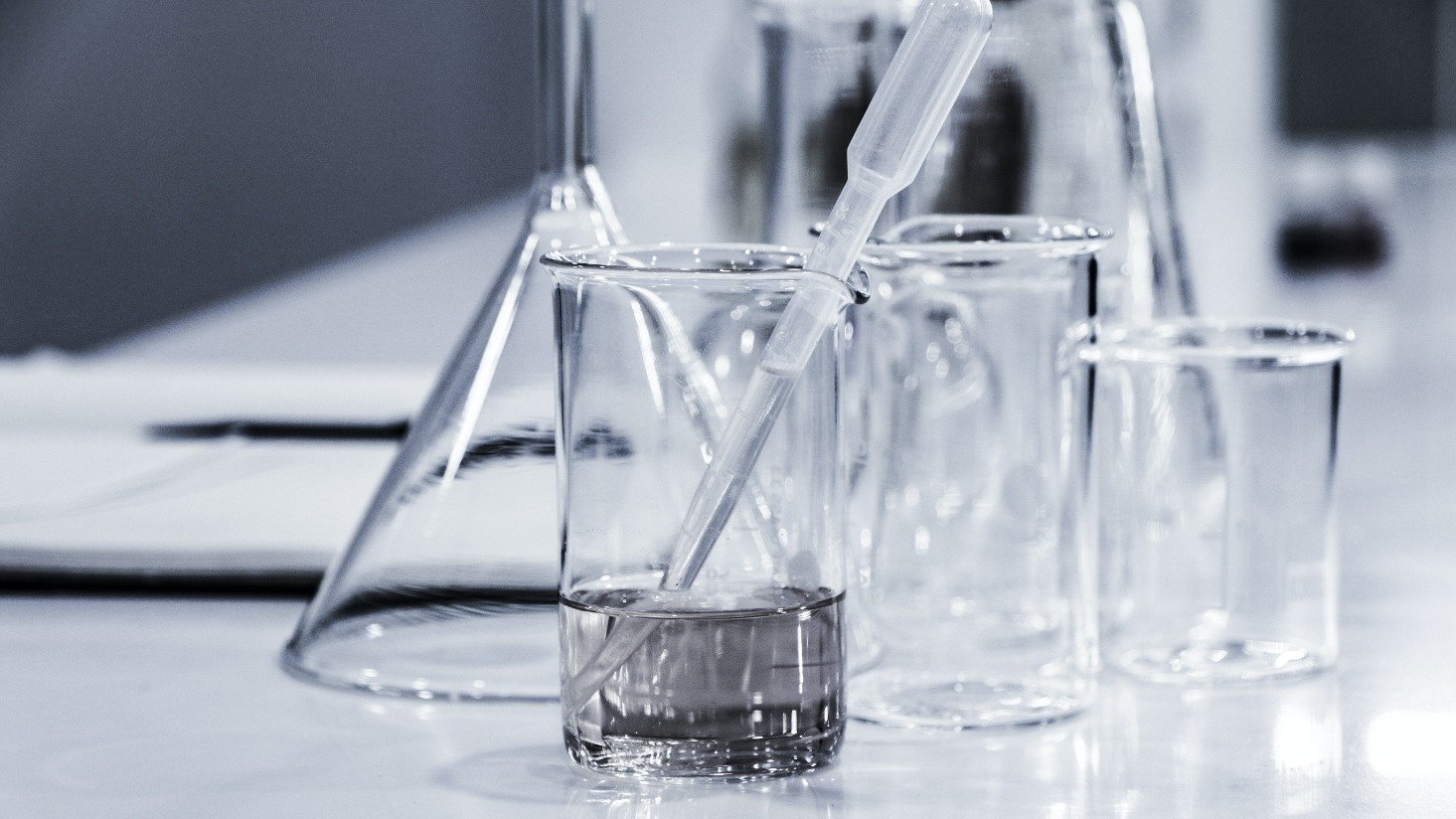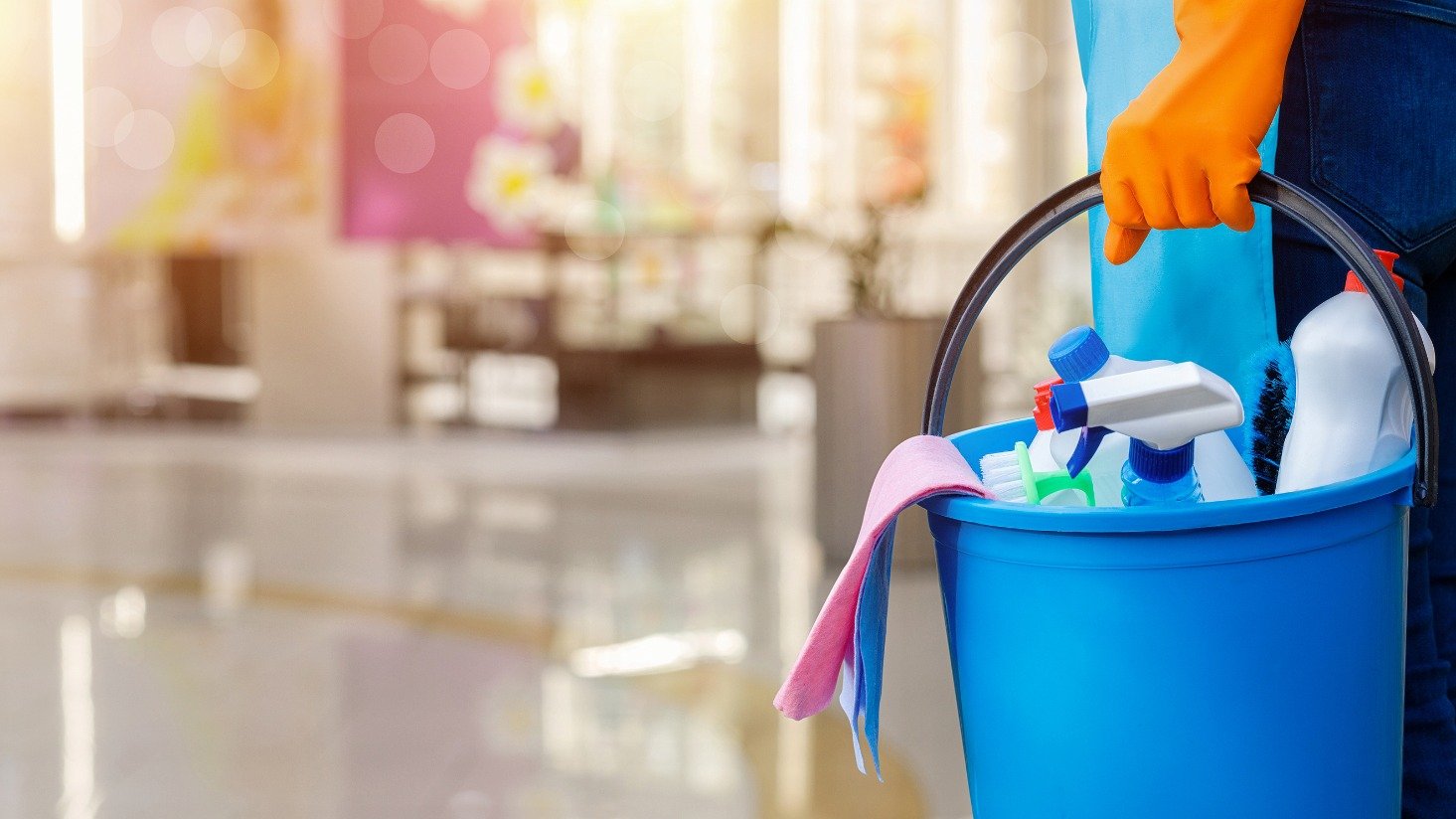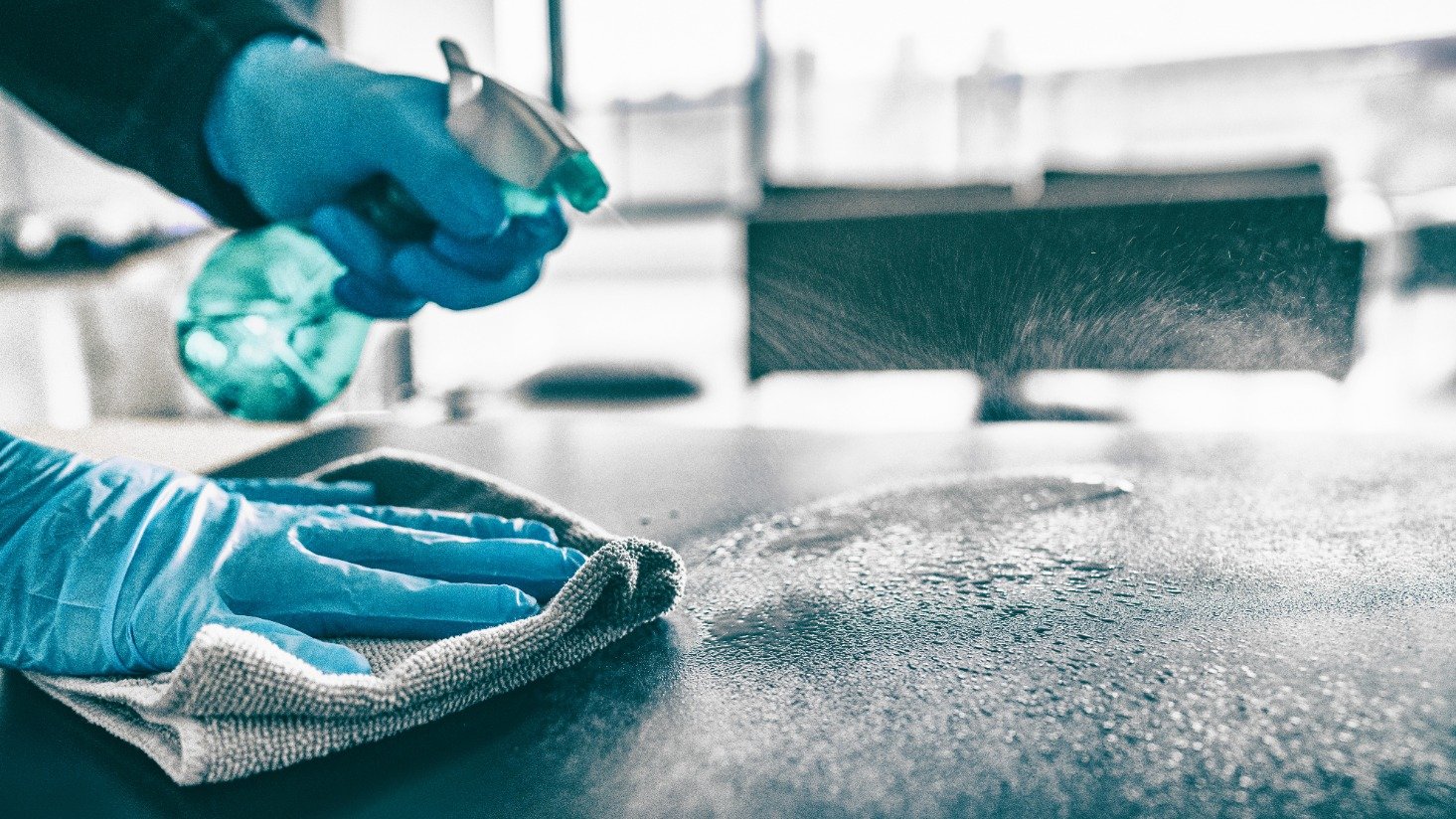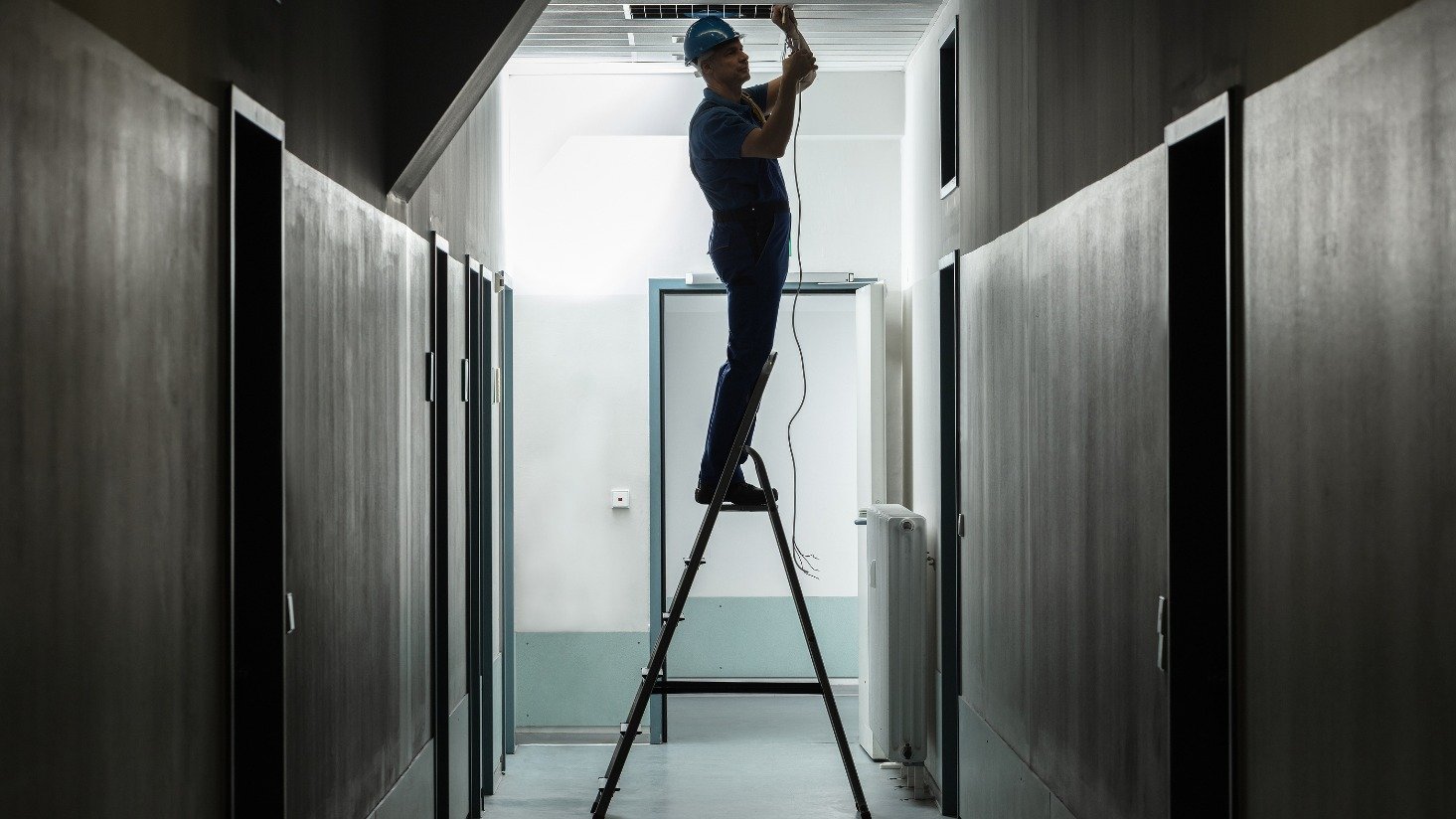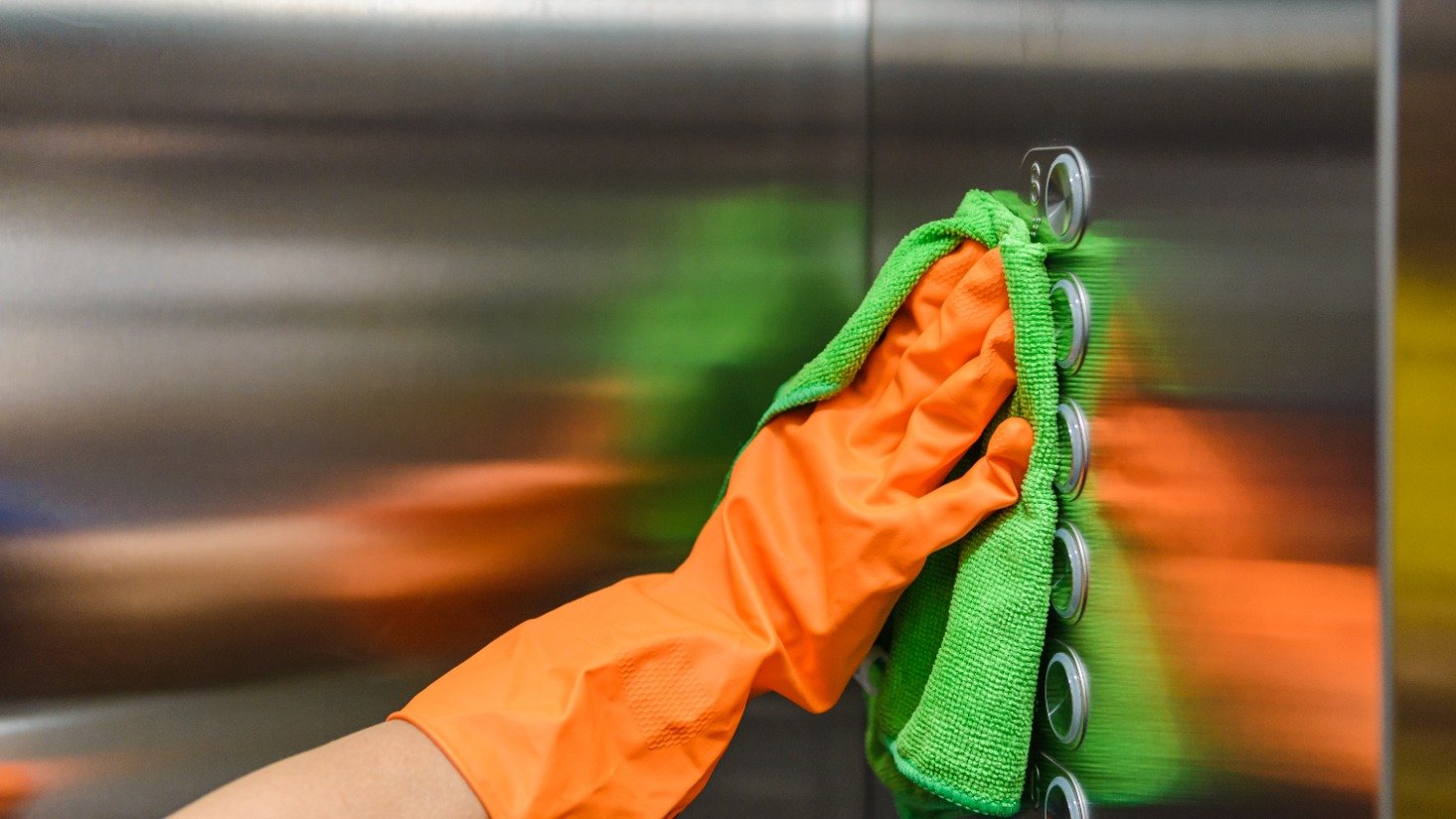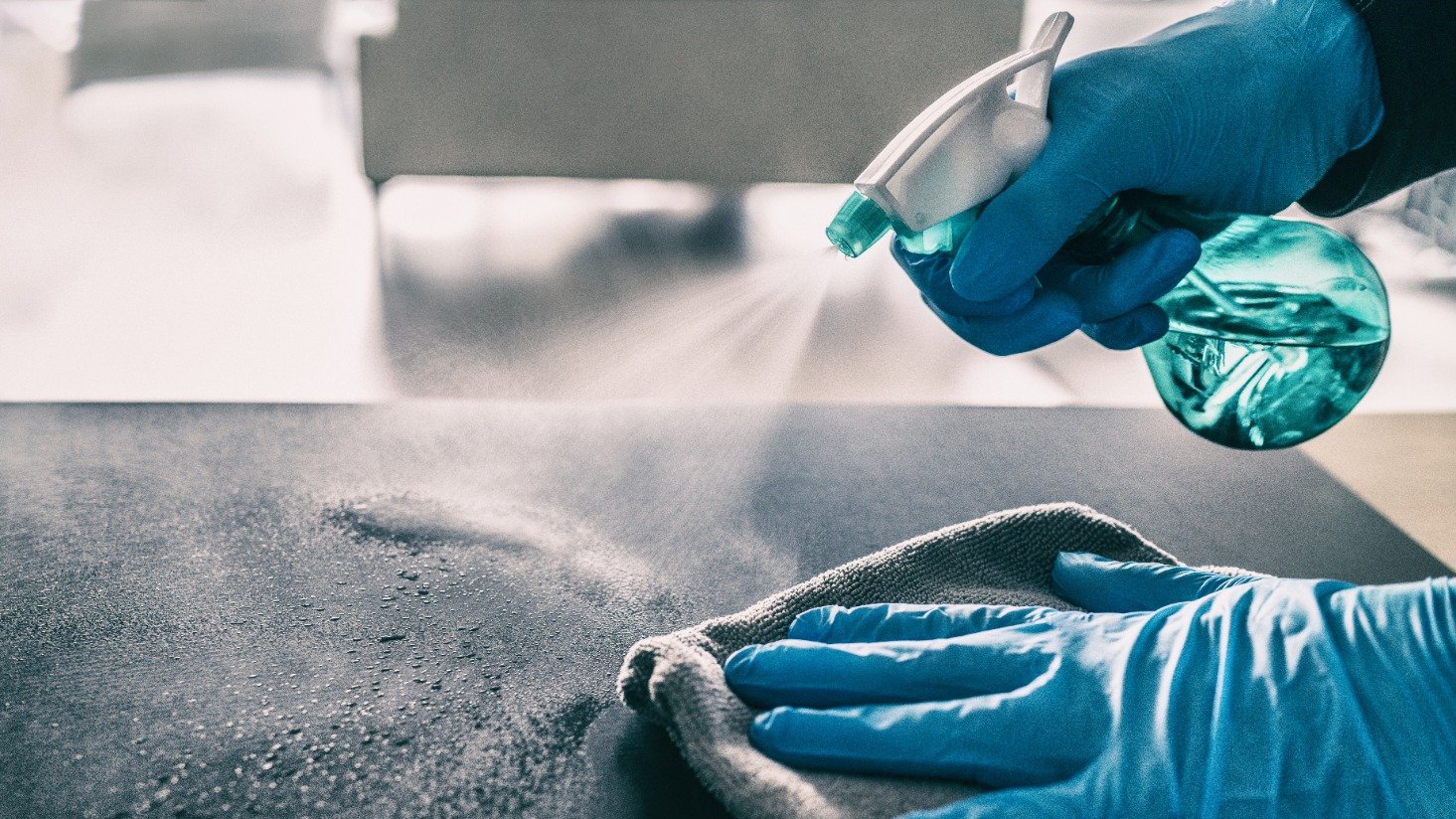What type of cleaning product should I use against COVID-19?
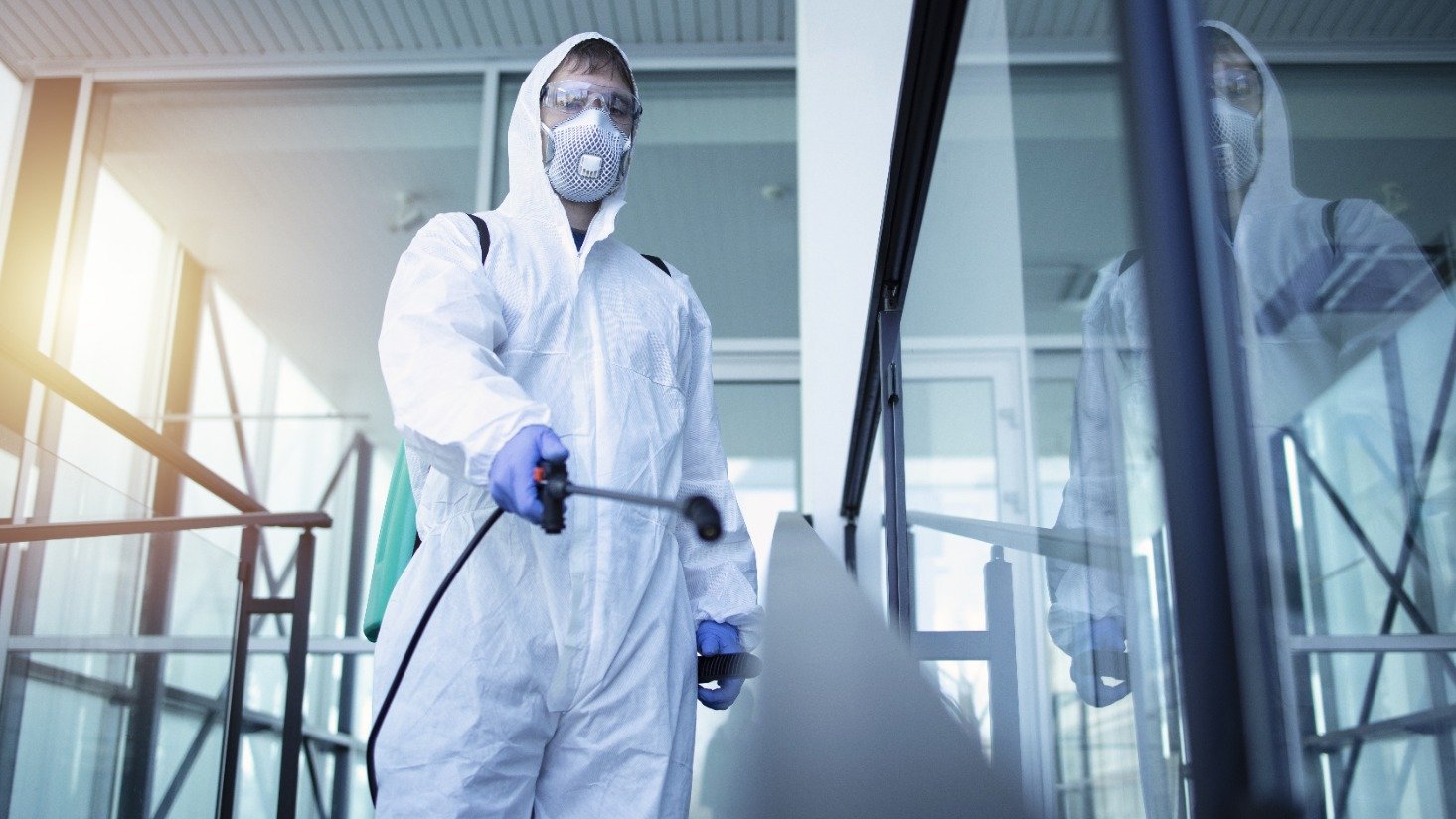
Have you stared at cleaning product labels so long your eyes hurt? Sometimes, it's hard to understand what cleaning products actually do and if they are even effective against pathogens like viruses and bacteria.
There are best practices for keep your facility as safe as possible for employees, customers, and tenants during the coronavirus pandemic.
All types of cleaning products are not the same. There is a difference between cleaning and disinfecting, and there are also ways to add extra disinfection power.
First, here is a basic breakdown of a thorough cleaning cycle:
- Cleaning: Removing dirt and grime from surfaces
- Disinfecting: Targeting pathogens like viruses and bacteria
- Protecting: Keeping surfaces protected from pathogens
After that process is complete, you can also consider adding UV-C to disinfect hard-to-reach surfaces.
But how do you know when to use what product?
We're breaking it down for you in the following sections:
When to use cleaners
The most common example of a cleaner is soap and water. The goal is to remove the top layer of dirt while also killing germs, but you may not be able to get rid of all pathogens.
Using cleaners is the very first step in the cleaning process. You want surfaces dirt-free so disinfectants and protectants can be applied.
Some cleaners may be enough to break down the outer membrane of SARS-CoV-2, the virus that causes COVID-19, but others may not.
A company called Z BioScience has developed new technology that uses probiotics and enzymes to eliminate harmful pathogens. (Yes, the same type of probiotics found in yogurt and your gut.)
The probiotics spread over surfaces, taking over the bad bacteria and viruses and replacing it with good bacteria (just like probiotics work in your gut).
The cleaners are safe enough for all surfaces, but also effective at reducing the number of pathogens.
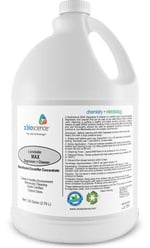 |
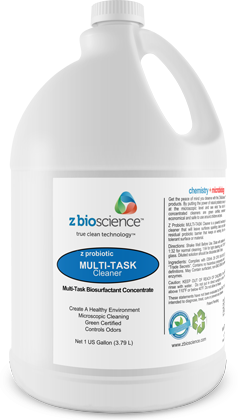 |
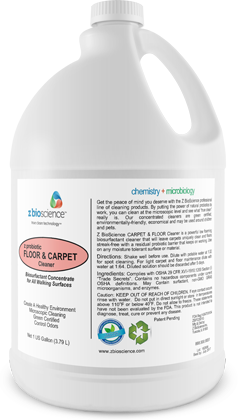 |
| Z-Probiotic Max Degreaser + Cleaner Shop now |
Z-Probiotic Multi-Task Cleaner Shop now |
Z-Probiotic Floor + Carpet Cleaner Shop now |
When to use disinfectants
A disinfectant is used after dirt and grime is removed from a surface. Disinfectants target pathogens, like viruses and bacteria, and can remove germs that cleaners might have missed.
Disinfectants often involve using chemical agents, so they are toxic by definition.
The Environmental Protection Agency (EPA) monitors disinfectants used against pathogens, like SARS-CoV-2, the virus that causes COVID-19. Here is the latest list of approved products.
Because most disinfectants are toxic, it's important to wear protective equipment like gloves and also to ventilate areas during and after product use.
The product label will tell you the best method for using the disinfectant. Some products can be sprayed on surfaces and others can be used for fogging, fumigation, or electrostatic spraying.
You also want to pay particular attention to a product's "dwell time." That's how long a surface needs to be wet or saturated in order to get rid of specific pathogens. Some products take as long as 10 minutes to work.
Examples of disinfectants can include bleach or alcohol, like these 75% alcohol wipes:
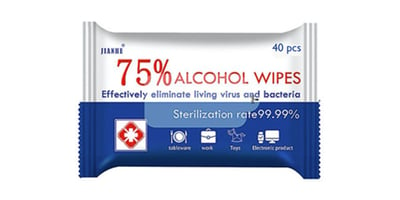 |
| Shop now |
If you're concerned about the toxicity of disinfectants, there are some alternatives available on the market.
The products below are registered with the EPA, but have low toxicity ratings and are non-corrosive. Neither contain bleach, so they're safe to use on soft surfaces.
PureGreen24 is registered with the EPA for use on sports equipment and children's toys. Vital Oxide is safe enough to use on food surface without rinsing.
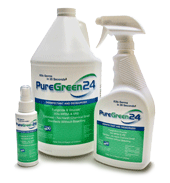 |
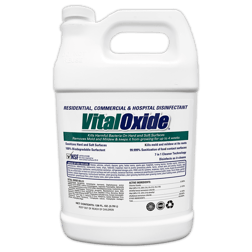 |
| PureGreen24 Shop now |
Vital Oxide Shop now |
When to use surface protectants
Surface protectants are the third step in the cleaning process and applied after disinfectants. They can provide days of on-going protection against pathogens like viruses and bacteria.
Protectants are typically used in sprayers and foggers so they can evenly coat surfaces. The goal is to provide a shield so germs don't stick to high-touch areas and also to inactivate pathogens as they hit a surface.
Both of the products below are non-toxic and can protect a surface between routine cleanings:
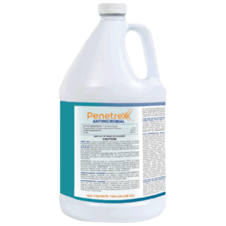 |
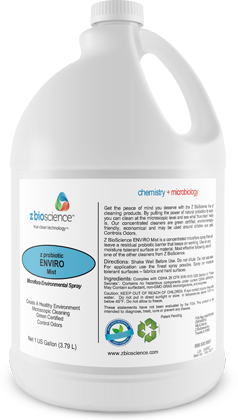 |
| Penetrexx Antimicrobial Surface Protectant Shop now Recommended application with electrostatic sprayers. |
Enviro Mist Microflora Environmental Spray (Z BioScience) Shop now Recommended application with foggers. |
When to use disinfectant cleaners
There are products on the market that combine a cleaner with a disinfectant.
Disinfectant cleaners can be effective, but the combination of the product does not deliver the same results as each product would individually.
Still, these are good solution for cleaning crews with very little time or when a quick turnover of a space is needed.
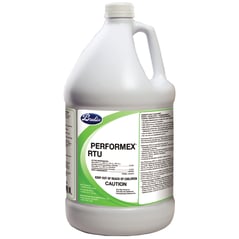 |
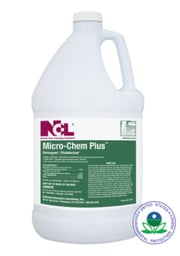 |
%201%20QT.jpg?width=265&name=All%20Purpose%20Cleaner%20with%20Bleach%20(5247)%201%20QT.jpg) |
| Performex RTU Disinfectant Cleaner Shop now |
Micro-Chem Plus Disinfectant Cleaner Shop now |
All Purpose Cleaner with Bleach Shop now |
When to use UV products to disinfect
While cleaners and disinfectants are effective at removing pathogens from a surface, they don't account for one major factor: human error.
Cleaning crews may not leave products on surfaces long enough (dwell time), or they simply can't cover hard-to-reach areas.
Read more: Should I use disinfectants or UV lights to fight COVID-19?
This is where ultraviolet (UV) light can play a huge role.
There are several benefits to germicidal UV products:
- UV-C fixtures can disinfect surfaces and air.
- Some products (upper-room fixtures) can actually reduce transmission between people, something cleaning products cannot do.
- UV rays can disinfect commonly missed areas or surfaces cleaning crews cannot reach.
UV-C products should not replace cleaning measures. Instead, they can be used as a final layer of protection and disinfection.
Click below to learn more about several different applications for UV products, how they work, and how much they cost:
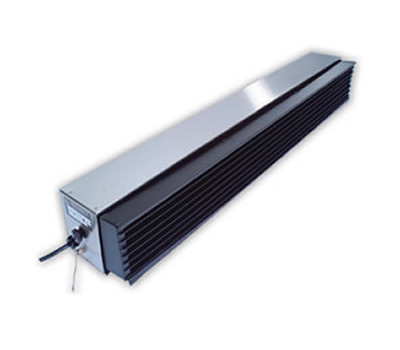 |
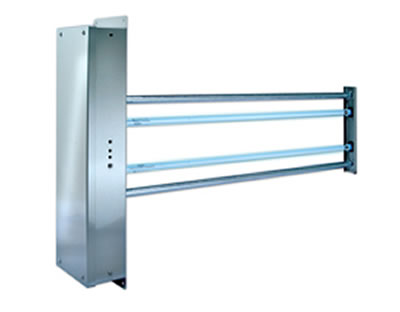 |
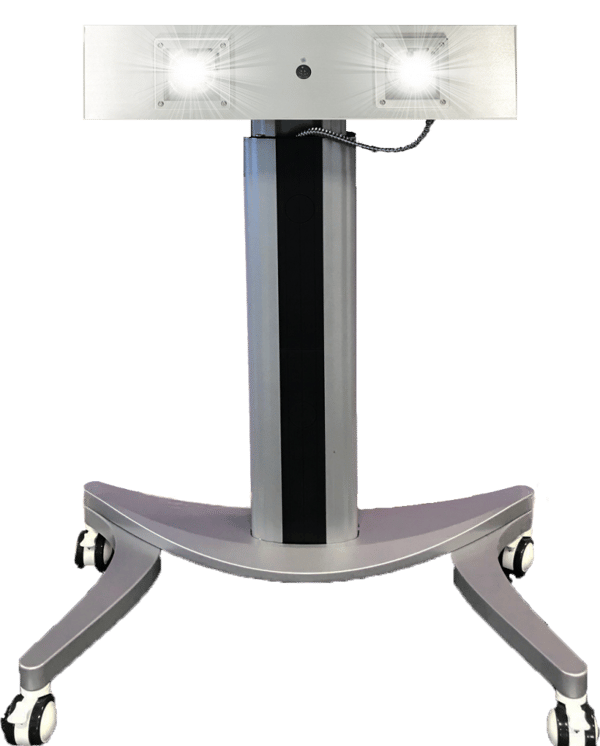 |
|
| Upper-air UV | UV for HVAC | UV-C Fixtures | Mobile UV units |
Complete solution for disinfection
The best approach for disinfecting your building is going to take more than one layer of cleaning.
Ideally, you should follow a four-step process for your facility:
- Clean surfaces
- Disinfect surfaces
- Protect surfaces
- Use UV light for extra disinfection and protection
Personal protective equipment (PPE) is important throughout this process and can also help reduce the spread of COVID-19 and other pathogens.
Our team is always ready to help keep your facility as clean as possible (and also well-lit). Please contact us with any questions or if you need help finding specific products.
Resources you may find helpful:
